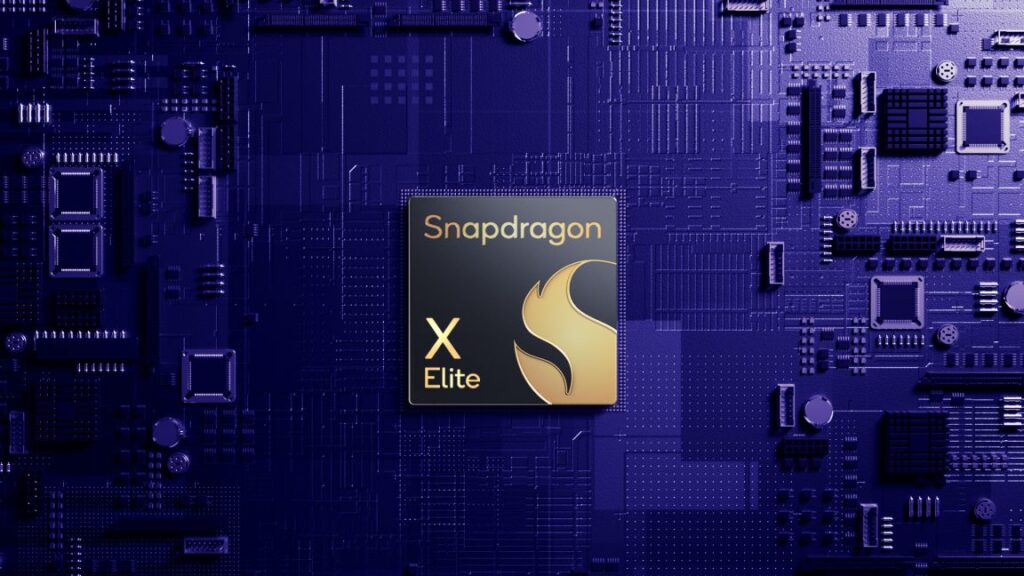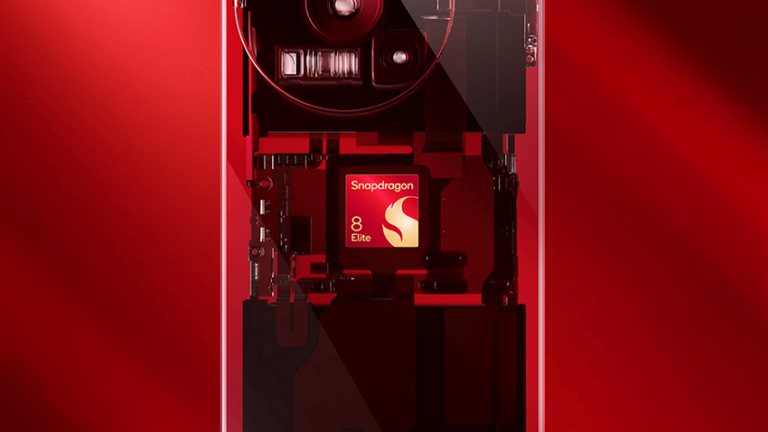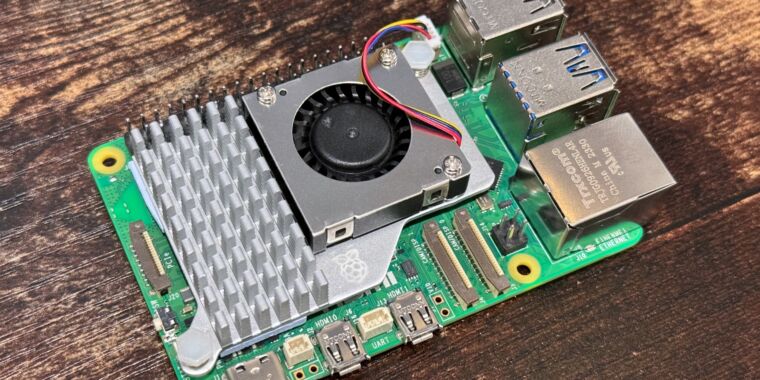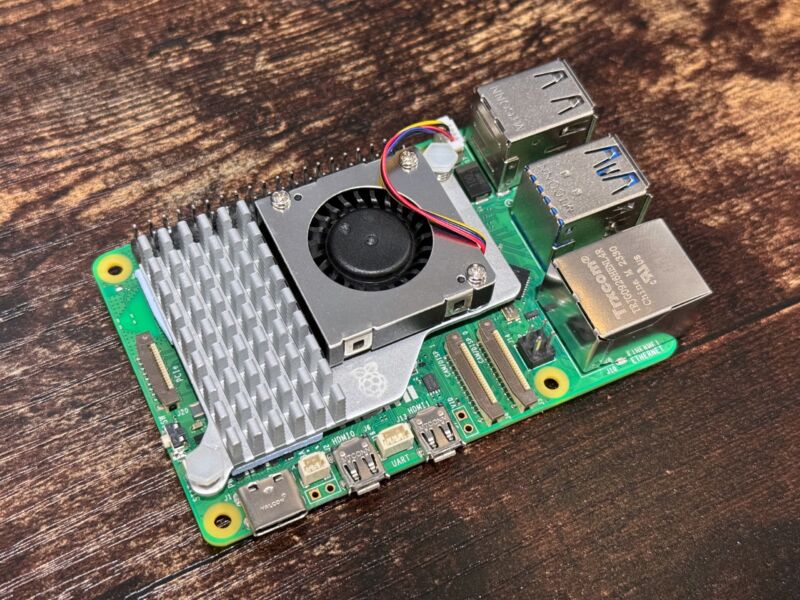Arm to start making server CPUs in-house
Cambridge-headquartered Arm has more than doubled in value to $160 billion since it listed on Nasdaq in 2023, carried higher by explosive investor interest in AI. Arm’s partnerships with Nvidia and Amazon have driven its rapid growth in the data centers that power AI assistants from OpenAI, Meta, and Anthropic.
Meta is the latest big tech company to turn to Arm for server chips, displacing those traditionally provided by Intel and AMD.
During last month’s earnings call, Meta’s finance chief Susan Li said it would be “extending our custom silicon efforts to [AI] training workloads” to drive greater efficiency and performance by tuning its chips to its particular computing needs.
Meanwhile, an Arm-produced chip is also likely to eventually play a role in Sir Jony Ive’s secretive plans to build a new kind of AI-powered personal device, which is a collaboration between the iPhone designer’s firm LoveFrom, OpenAI’s Sam Altman, and SoftBank.
Arm’s designs have been used in more than 300 billion chips, including almost all of the world’s smartphones. Its power-efficient designs have made its CPUs, the general-purpose workhorse that sits at the heart of any computer, an increasingly attractive alternative to Intel’s chips in PCs and servers at a time when AI is making data centers much more energy-intensive.
Arm, which started out in a converted turkey barn in Cambridgeshire 35 years ago, became ubiquitous in the mobile market by licensing its designs to Apple for its iPhone chips, as well as Android suppliers such as Qualcomm and MediaTek. Maintaining its unique position in the center of the fiercely competitive mobile market has required a careful balancing act for Arm.
But Son has long pushed for Arm to make more money from its intellectual property. Under Haas, who became chief executive in 2022, Arm’s business model began to evolve, with a focus on driving higher royalties from customers as the company designs more of the building blocks needed to make a chip.
Going a step further by building and selling its own complete chip is a bold move by Haas that risks putting it on a collision course with customers such as Qualcomm, which is already locked in a legal battle with Arm over licensing terms, and Nvidia, the world’s most valuable chipmaker.
Arm, SoftBank, and Meta declined to comment.
Additional reporting by Hannah Murphy.
© 2025 The Financial Times Ltd. All rights reserved. Not to be redistributed, copied, or modified in any way.
Arm to start making server CPUs in-house Read More »










